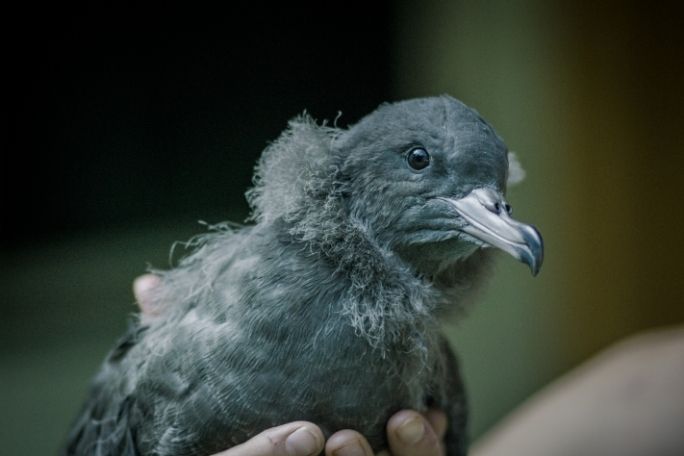Lesson summary
This lesson incorporates clips from Blue The Film as learning inspiration. In this finding out lesson, students will use visible thinking routines to respond to visual stimulus on the impact of plastic on seabirds. They will begin to learn about how images communicate meaning. They will enhance their understanding of poetry and the significance of word choices that communicate meaning in a poem about seabirds produced as part of Blue The Film. Students develop their skills in selecting language and vocabulary that creates meaning to draft and publish their own found poem.
Learning intentions:
Students will...
- learn how poetic devices, especially careful word choice and sound techniques and rhyme can be used to engage audiences and enhance meaning in creative texts.
- learn how the experiences of shorebirds/seabirds are being impacted by human activity and waste.
Success criteria:
Students can...
- explain how some images make them think and feel certain things, and can identify elements of the images that evoke these thoughts and feelings.
- explain some key poetic devices and how they communicate meaning about seabirds and ocean ecosystems.
- transform informative material into a creative poem to communicate meaning about seabirds and ocean ecosystems..
Lesson guides and printables
Lesson details
Curriculum mapping
Australian curriculum content (8.4) descriptions:
Year 7 English:
- Understand, interpret and discuss how language is compressed to produce a dramatic effect in film or drama, and to create layers of meaning in poetry, for example haiku, tankas, couplets, free verse and verse novels (ACELT1623).
- Experiment with text structures and language features and their effects in creating literary texts, for example, using rhythm, sound effects, monologue, layout, navigation and colour (ACELT1805).
Syllabus outcomes: EN4-1A, EN4-4B
General capabilities: Literacy, Critical and Creative Thinking
Cross-curriculum priority: Sustainability
Relevant parts of Year 7 English achievement standards: Students demonstrate understanding of how the choice of language features, images and vocabulary affects meaning. They understand how the selection of a variety of language features can influence an audience. Students create texts showing how language features and images from other texts can be combined for effect. They make presentations and contribute actively to class and group discussions, using language features to engage the audience.
Unit of work: Blue The Film: Our Oceans and Our Future
Time required: 90 mins.
Resources required
- Student Worksheet – one per student
- Device capable of presenting a clip to the class
- Lesson Presentation
- Seabirds Stimulus Images sheet
- Poetic Devices Glossary, Ode to Seabirds Poem
- Marine Debris Factsheet
- Found Poem Example, Found Poem Instructions
- Shorebirds Factsheet
Skills
This lesson is designed to build students’ competencies in the following skills:
- Communication
- Creativity
- Critical thinking
- Social skills
- Global citizenship
Additional info
Level of teacher scaffolding: Low – lead students in discussion.
Blue is a feature documentary film charting the drastic decline in the health of our oceans. With more than half of all marine life lost and the expansion of the industrialization of the seas, the film sets out the challenges we are facing and the opportunities for positive change. Blue changes the way we think about our liquid world and inspires the audience to action. Find out how to screen or download the film here. Along with the film is an ambitious global campaign to create advocacy and behaviour change through the #oceanguardian movement. To become an ocean guardian, see the website.


Welcome back!
Don't have an account yet?
Log in with:
By signing up to Cool.org you consent and agree to Cool's privacy policy to
store, manage and process your personal information. To read more, please see
our privacy policy here(Opens in new tab).
Create your free Cool.org account.
Many of our resources are free, with an option to upgrade to Cool+ for premium content.
Already have an account?
Sign up with:
By signing up to Cool.org you consent and agree to Cool's privacy policy to
store, manage and process your personal information. To read more, please see
our privacy policy here(Opens in new tab).